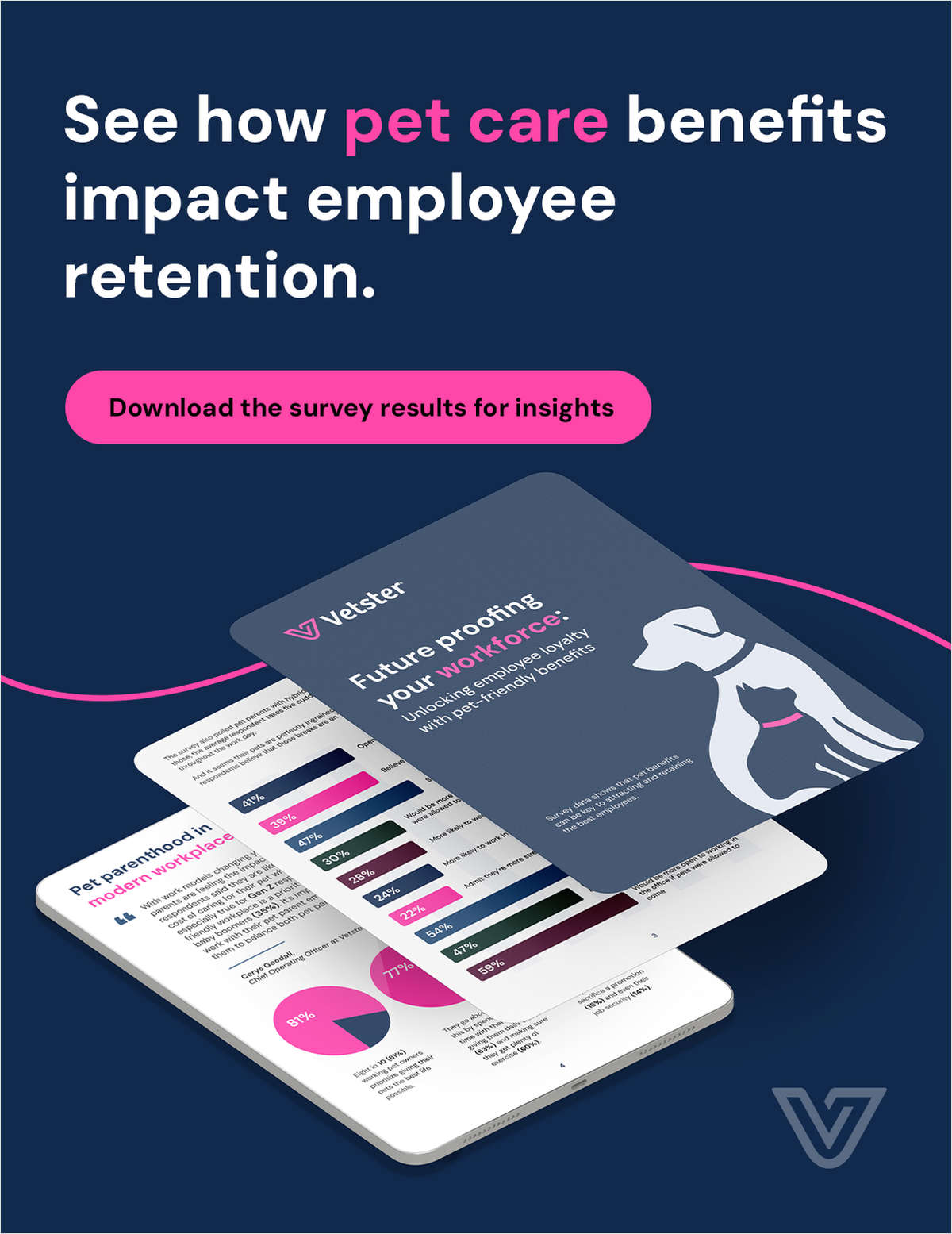 Yale Law School.
Yale Law School.Looking Beyond Yale and Harvard for 'Best and Brightest' Supreme Court Clerks
The justices hire the best legal minds in the country. But why should they only come from the top 10?
September 23, 2019 at 11:50 AM
6 minute read
The original version of this story was published on National Law Journal
On April 24, 2009, U. S. Supreme Court Justice Antonin Scalia was not pulling any punches. Fielding questions from an audience of American University law students, he was asked whether it was likely that the law school's students would be able to secure a clerkship at the nation's highest court. His answer was characteristically blunt—not likely.
"By and large," Scalia observed, "I'm going to be picking from the law schools that basically are the hardest to get into. They admit the best and the brightest, and they may not teach very well, but you can't make a sow's ear out of a silk purse. If they come in the best and the brightest, they're probably going to leave the best and the brightest."
The justice added that, while he once shared a law clerk who was selected by retired Justice Lewis Powell, he himself would have never hired the clerk. "For God's sake, he went to Ohio State." Ironically, Scalia conceded that the clerk—Jeffrey Sutton, currently a judge on the U.S. Court of Appeals for the Sixth Circuit—turned out to be "one of the very best law clerks I ever had."
There is a lot to unpack in Justice Scalia's remarks.
He did only hire "the best and the brightest" as conventionally defined. From the high court's October 1999 term until his death in February 2016, the justice hired all but two of his law clerks from what are traditionally regarded to be the top law schools in America. But there is a second, more subtle point. The justices cannot risk hiring clerks who aren't the best legal minds in the country.
Over the last 20 years, the current justices on the Supreme Court have followed this risk-averse practice. Each associate justice hires four law clerks. The chief justice hires five law clerks. Moreover, each retired Supreme Court justice is authorized to hire a single clerk. Typically, the justices for the retired clerks are also assigned to the chambers of the active justices. While Justice O'Connor is no longer hiring law clerks, both retired justices David Souter and Anthony Kennedy each have a single clerk. Thus, there are 39 clerks available to assist the current justices with the work of the court.
Since the October 1999 term, Justices Stephen Breyer and Ruth Bader Ginsburg have selected more than 90% of the their law clerks from top 10 law schools. Newer justices have also followed Justice Scalia's mantra of selecting only "the best and the brightest."
Since arriving at the Supreme Court in August 2010, Justice Elena Kagan has plucked 88% of her clerks from Harvard, Yale and Stanford. Close behind is Justice Sonia Sotomayor, who has looked to Harvard, New York University, Yale and Stanford for 75% of her clerks. And Justice Samuel Alito has hired almost 70% of his clerks from top 10 law schools.
Even Chief Justice John Roberts Jr. is not immune to tunnel vision when picking clerks. While chief justices historically have drawn from a wider pool of law schools, over 75% of Roberts' clerks have come from Yale, Harvard, the University of Virginia, the University of Michigan and the University of Chicago. The chief justice also has selected single clerks from such "lesser" institutions as Notre Dame, the University of Texas and Vanderbilt.
The only justice who prioritizes academic diversity amongst his law clerks is Justice Clarence Thomas. Talking to law students in Florida in 2010, he observed with regard to selecting law clerks that "there are smart kids [in] a lot of places." After pointing out that the elite law schools did not have a monopoly on the best law clerks, Thomas added: "I have a preference actually for non-Ivy league law clerks, simply because I think clerks should come from a wide range of backgrounds."
The numbers bear out Thomas' claims. Over the past 20 years, around half of the justice's clerks were selected from top schools. In the same time period, however, Thomas hired clerks from the University of Georgia, Brigham Young University, George Washington, Notre Dame, the University of Kansas, Vanderbilt, Creighton University and George Mason. And, during this time period, there is no evidence that the work in Thomas' chambers came grinding to a halt.
The justices are quick to reject the claim that they are overly reliant on their law clerks. Fair enough. But if we take the justices at their word, then the argument that they "can't take chances" on hiring law clerks from a wider range of law schools is harder to swallow.
Academic diversity among the law clerk corps should be an important goal for the Supreme Court justices. Accordingly, I propose that each term the individual justices each select one law clerk from a different second or third tier law school. A clerkship at the Marble Palace is the proverbial golden ticket for young lawyers. It offers them the opportunity to apprentice with the best legal minds in the country. It opens doors to positions in top government agencies, law schools, and elite law firms. And law clerk hiring bonuses—now hovering around $400,000—afford former law clerks the chance to erase their law school debt in one fell swoop.
The students who graduate from these law schools are bright, well-educated and able. They will not only bring academic diversity to the justices' chambers but likely socioeconomic diversity as well. I believe that the justices will find that the men and women of "lesser" law schools have the ability and training to handle the work. That they will bring new legal perspectives and enthusiasm to a court which needs to embrace diversity and change. That they are silk purses, not sow's ears.
And, if these young law school graduates prove unequal to the task, then what are the real consequences? The justices still do their own work, and they will have a minimum of three other highly capable law clerks to help them. It will not be the end of the third branch of government.
Todd Peppers holds the Henry H. and Trudye H. Fowler Chair in Public Affairs at Roanoke College in Virginia. He is also a visiting professor of law at Washington and Lee University. He has authored or edited three books and numerous articles on clerking in the federal judiciary.
This content has been archived. It is available through our partners, LexisNexis® and Bloomberg Law.
To view this content, please continue to their sites.
Not a Lexis Subscriber?
Subscribe Now
Not a Bloomberg Law Subscriber?
Subscribe Now
NOT FOR REPRINT
© 2024 ALM Global, LLC, All Rights Reserved. Request academic re-use from www.copyright.com. All other uses, submit a request to [email protected]. For more information visit Asset & Logo Licensing.
You Might Like
View All
Read the Document: 'Google Must Divest Chrome,' DOJ Says, Proposing Remedies in Search Monopoly Case
3 minute read
Apple Asks Judge to 'Follow the Majority Practice' in Dismissing Patent Dispute Over Night Vision Technology

'Don't Be Afraid to Dumb It Down': Top Fed Magistrate Judge Gives Tips on Explaining Complex Discovery Disputes

State High Court Adopts Modern Standard for Who Keeps $70K Engagement Ring After Breakup
Trending Stories
Who Got The Work
Michael G. Bongiorno, Andrew Scott Dulberg and Elizabeth E. Driscoll from Wilmer Cutler Pickering Hale and Dorr have stepped in to represent Symbotic Inc., an A.I.-enabled technology platform that focuses on increasing supply chain efficiency, and other defendants in a pending shareholder derivative lawsuit. The case, filed Oct. 2 in Massachusetts District Court by the Brown Law Firm on behalf of Stephen Austen, accuses certain officers and directors of misleading investors in regard to Symbotic's potential for margin growth by failing to disclose that the company was not equipped to timely deploy its systems or manage expenses through project delays. The case, assigned to U.S. District Judge Nathaniel M. Gorton, is 1:24-cv-12522, Austen v. Cohen et al.
Who Got The Work
Edmund Polubinski and Marie Killmond of Davis Polk & Wardwell have entered appearances for data platform software development company MongoDB and other defendants in a pending shareholder derivative lawsuit. The action, filed Oct. 7 in New York Southern District Court by the Brown Law Firm, accuses the company's directors and/or officers of falsely expressing confidence in the company’s restructuring of its sales incentive plan and downplaying the severity of decreases in its upfront commitments. The case is 1:24-cv-07594, Roy v. Ittycheria et al.
Who Got The Work
Amy O. Bruchs and Kurt F. Ellison of Michael Best & Friedrich have entered appearances for Epic Systems Corp. in a pending employment discrimination lawsuit. The suit was filed Sept. 7 in Wisconsin Western District Court by Levine Eisberner LLC and Siri & Glimstad on behalf of a project manager who claims that he was wrongfully terminated after applying for a religious exemption to the defendant's COVID-19 vaccine mandate. The case, assigned to U.S. Magistrate Judge Anita Marie Boor, is 3:24-cv-00630, Secker, Nathan v. Epic Systems Corporation.
Who Got The Work
David X. Sullivan, Thomas J. Finn and Gregory A. Hall from McCarter & English have entered appearances for Sunrun Installation Services in a pending civil rights lawsuit. The complaint was filed Sept. 4 in Connecticut District Court by attorney Robert M. Berke on behalf of former employee George Edward Steins, who was arrested and charged with employing an unregistered home improvement salesperson. The complaint alleges that had Sunrun informed the Connecticut Department of Consumer Protection that the plaintiff's employment had ended in 2017 and that he no longer held Sunrun's home improvement contractor license, he would not have been hit with charges, which were dismissed in May 2024. The case, assigned to U.S. District Judge Jeffrey A. Meyer, is 3:24-cv-01423, Steins v. Sunrun, Inc. et al.
Who Got The Work
Greenberg Traurig shareholder Joshua L. Raskin has entered an appearance for boohoo.com UK Ltd. in a pending patent infringement lawsuit. The suit, filed Sept. 3 in Texas Eastern District Court by Rozier Hardt McDonough on behalf of Alto Dynamics, asserts five patents related to an online shopping platform. The case, assigned to U.S. District Judge Rodney Gilstrap, is 2:24-cv-00719, Alto Dynamics, LLC v. boohoo.com UK Limited.
Featured Firms
Law Offices of Gary Martin Hays & Associates, P.C.
(470) 294-1674
Law Offices of Mark E. Salomone
(857) 444-6468
Smith & Hassler
(713) 739-1250










